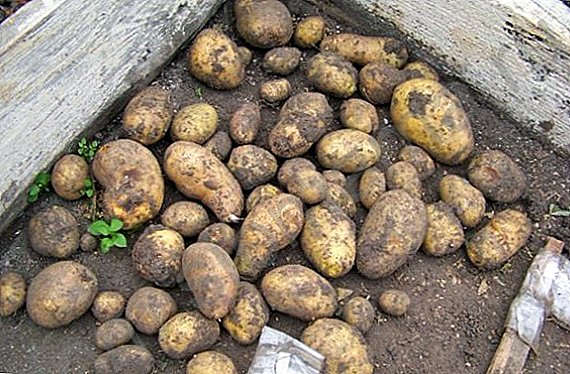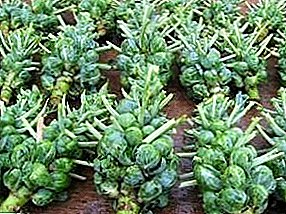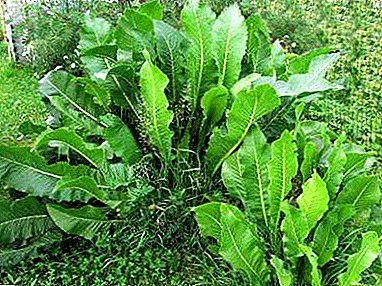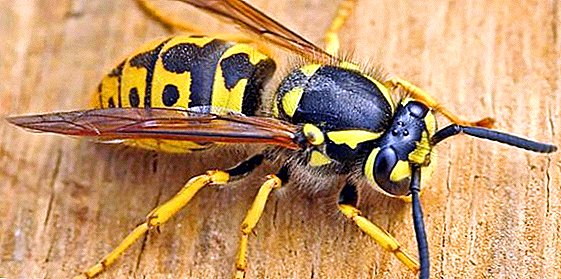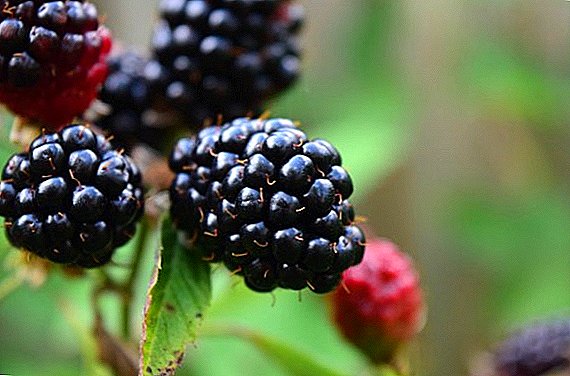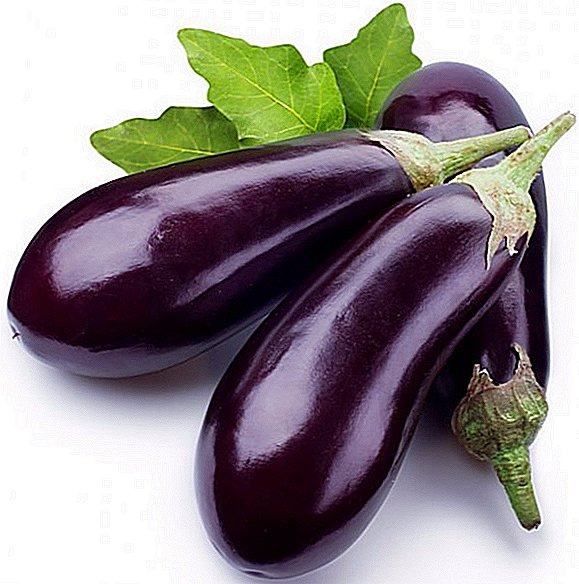
Raspberries in the greenhouse - proven high yield method until late autumn.
Indoor ground provides the necessary level of moisture, plants are not afraid of frost, hail, strong wind and other vagaries of weather.
To get started is to start a small greenhouse, over time it will be possible to significantly expand raspberry.
Benefits
Growing in a greenhouse has a lot of advantages:
- The ripening period of berries is extended until late autumn. During this time, they manage to ripen all the ensuing berries, the harvest from each bush increases markedly.
- Indoor you can grow different varietiesdiffering in color, shape and taste of berries, ripening terms.
- The greenhouse protects plants from the vagaries of the weather, which is especially important in spring and autumn.
- Raspberry grown in a greenhouse is less likely to be affected by pests; it may not be treated with harmful chemicals.
- Closed ground provides the desired level of humidity, guaranteeing excellent fruiting and high taste qualities of berries.
- Raspberries do not require high temperatures and bright lighting, the cost of electricity is lower than when growing vegetables.
- Fresh berries can receive even in winter.
Why year round?
 Gardeners who rely on greenhouses usually use them from early spring to late autumn. During this time, you can get two crops of repair raspberries.
Gardeners who rely on greenhouses usually use them from early spring to late autumn. During this time, you can get two crops of repair raspberries.
But the process can be done and continuous. For year-round cultivation need spacious greenhouse with heating system and a separate place for the mother liquor.
Provide continuous fruiting period will help conveyor planting. In a heated greenhouse, the first plants are planted in January. After 1.5-2 months, fruiting begins.
In March, the second stage of raspberry saplings is planted. Plants that have finished fruiting are pruned and dormant. Continuous harvest requires constant feeding and frequent replacement of the bushes. Conveyor cultivation method is quite economical. It is necessary to heat the greenhouse from the end of September to the beginning of October, round-the-clock. no backlight required.
Top Grades
In greenhouses are grown only repair grades raspberries. They have many advantages:
- remontant raspberry starts fruiting in the first year of life;
- berries in hybrids are large, very juicy, beautiful, well-tolerated transportation;
- bushes are resistant to pests hardly ill, they easily tolerate temperature drops;
- the repair raspberry is compact, the bushes do not give extra shoots and do not require constant pruning;
- berries that are not picked on time, do not crumble from the bush;
- low bushes do not need a trellis and a complex garter system, they are easier to harvest;
- after the end of fruiting, the aerial part is completely removed and removed from the greenhouse, excluding the reproduction of pests.
Information about the repair raspberry in the video below:
Despite the obvious advantages, the repair raspberry there are drawbacks:
- compared to summer classic varieties, berries are less fragrant;
- remontant varieties very demanding of soil, it should be loose, nutritious, not too acidic;
- lack of stepsons and lateral shoots makes reproduction difficult.
Among the most popular remontant varieties:
Ruby Necklace - very fruitful, berries are large, bright red, fragrant.
Apricot - productive variety with beautiful yellow-orange berries that have a pleasant fruity flavor.
 Hercules - very large-fruited variety with excellent yield, up to 8 kg of berries can be harvested from the bush.
Hercules - very large-fruited variety with excellent yield, up to 8 kg of berries can be harvested from the bush.
Morning dew - compact bushes with good yield. Berries rich yellow, very pleasant to taste.
Orange Miracle - large-fruited raspberries with orange-yellow fragrant berries.
Bryansk marvel - highly productive variety, berries are large, rich red, with a delicate pleasant taste.
Crimson greenhouse
From spring to autumn raspberries are grown in a greenhouse without heating. In her you can receive the harvest until November, after that the plants are cut and left for the winter. Some gardeners leave the summer greenhouse open, freezing destroys the larvae insects. Most varieties of remontant raspberries quietly tolerate winter.
The summer greenhouse is often made arched and rather high. It is erected without a foundation, on a metal frame. The greenhouse is covered with polyethylene or curved cellular polycarbonate. Very convenient design with removable end panels, allowing you to open plants on hot summer days.
Winter greenhouse It needs a solid foundation and double doors that prevent access to cold air. Design may be arched or pitched, do not need to make the greenhouse too high.
The most durable structures are built on a frame made of galvanized metal profile, used as a coating paid plastic film, tempered industrial glass or polycarbonate. For winter shelters ordinary glass cannot be used and wooden frames that do not provide good thermal insulation.
Renovation raspberry loves bright light, so in the greenhouse you need to equip the lights around the perimeter. For heating electric boiler can be used or infrared cable, but modern compact wood stoves are much more economical. A couple of furnaces are enough to heat a greenhouse with a size of 50 square meters or more. m
Care
Seedlings purchased in proven nurseries, guaranteeing the purity of the variety. In the future, the bushes for the renewal of the plantation can be grown on their own, taking a part of the greenhouse under the mother liquor.
 In the greenhouse trench is being excavated 40 cm deep and up to 50 cm wide. Young plants are planted in it at a distance of 60 cm from each other, the row spacing is 2 m.
In the greenhouse trench is being excavated 40 cm deep and up to 50 cm wide. Young plants are planted in it at a distance of 60 cm from each other, the row spacing is 2 m.
When planting, the root neck should be at the level of the ground surface. After planting, the soil around the plants is well compacted and watered abundantly.
Raspberry very demanding on the nutritional value of the soil. It requires a light substrate of garden soil, peat and sand or vermicult.
Heavy, clay soils hinder the normal development of seedlings and greatly reduce yields. For greater nutritional value, humus and a mixture of mineral fertilizers are introduced into the land mixture.
Top dressing are held at least 1 time in 2 weeks. It is recommended to alternate between organic matter and mineral fertilizers, bringing them together with irrigation. Raspberry responds well to urea, superphosphate and ammonium nitrate; during active growth, nitrogen-based fertilizers are needed.
Culture is very moisture-loving. In the greenhouse raspberries watered 2 times a week. Shrubs do not like stagnant moisture in the soil, so at least once a week, the ground must be loosened. Simplify Raspberry Care mulching will helpretaining moisture in the soil.
The space around the bushes is abundantly covered with sawdust, straw, humus or peanuts. Watering is carried out at the root, in the left hole. Instead of organic mulch agrofibre can be usedcovering the entire surface of the soil. For plants, holes are cut through which watering is performed.
In the warm season it is necessary to open the greenhouse doors as often as possible, and it is better to completely remove the end frames. Fresh warm air provides the best development of seedlings, insects necessary for pollination get access to the greenhouse.
Flowering bushes begins 6-8 weeks after planting in the greenhouse. With the beginning of flowering, the dose of nitrogen fertilizers is reduced by 2 times, while the complex mineral and organic supplements continue.
Harvest better in the morning. The day before picking, the bushes do not water so that the berries become sweeter and more fragrant. Plucked berries should be placed in the coldso they do not give juice. You can not shift them, delicate raspberries quickly lose their presentation.
 Growing raspberries in a greenhouse all year round is not only a great hobby, but also an interesting idea for earning. In winter and spring, it is difficult to buy this berry, the margin on it increases significantly. You can also find out on our website how to grow strawberries for business.
Growing raspberries in a greenhouse all year round is not only a great hobby, but also an interesting idea for earning. In winter and spring, it is difficult to buy this berry, the margin on it increases significantly. You can also find out on our website how to grow strawberries for business.
Any farmer or gardener may offer a crop for sale or sell it yourself.
If the experiment is successful, the crimson plantations can be increased and planned for more significant profits.



